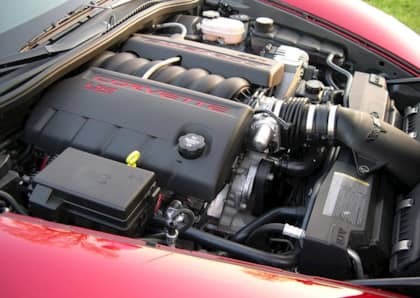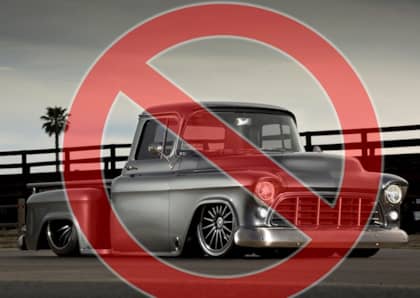What It's Like To Lose A Car In A Flood: What You Can Save, What You Should Sell, And What You Should Walk Away From
In May of 2012 I moved my 1995 Mazda Miata R package from the garage at my current home to the one at the new condo I was about to move into. That evening it rained a little harder than normal, but I didn't think anything of it until I arrived with the moving truck the next morning and discovered a small lake had formed in the basement of building. With a sinking heart, I walked around to the back and discovered a water mark four feet high on the outside of the garage door.
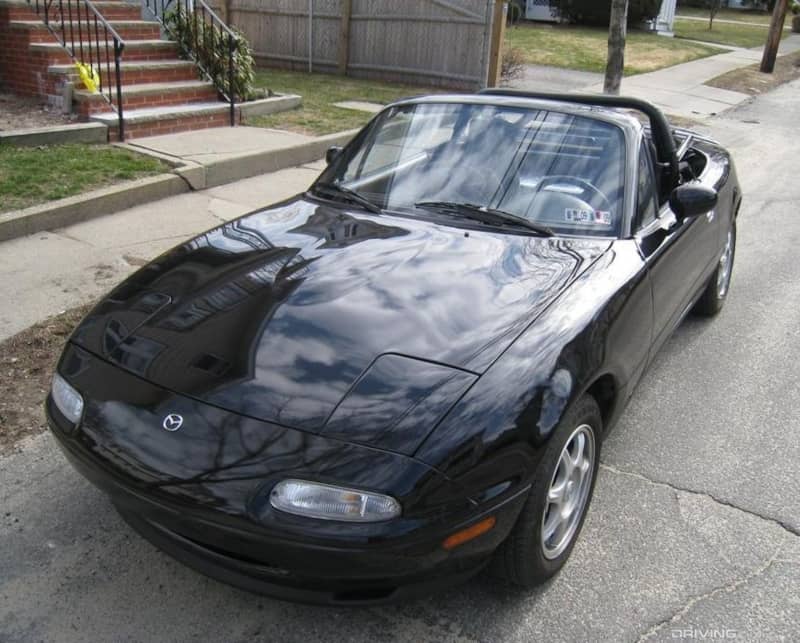
It seems that the local drains had backed up in the night, and filled my garage, and home, with water from the inside. I had to wait two hours for the movers to get to the bag in the middle of the truck that had the garage keys, but I knew what I would find.
My Miata had been almost completely submerged, with only a small portion of the back deck not covered in the most disgusting mud and sewage you could imagine. Gingerly, I turned the key to the 'on' position, at which point each headlight began to pop open and closed individually, while the horn sounded, until the battery snuffed itself.
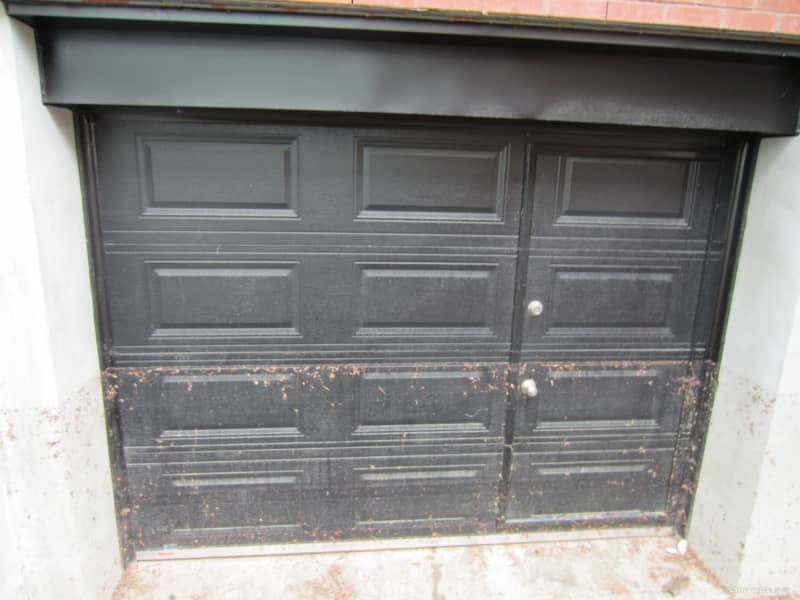
The car was a total loss, but after the settlement I bought it back from the insurance company for a very, very reasonable amount, and began the process of sorting out what could be saved and what I had to toss. I may have been saddened to lose one of the most fun cars I'd ever owned, but I felt better knowing that my Mazda would live on in the form of parts attached to at least eight or so track cars in the Montreal area.
What can you save, what can you sell, and what should you walk away from after a car flood? Here's what I learned from my Miata tragedy.
(Note—everything you're about to read refers to fresh water flood cars. If you're dealing with salt water, just walk away. It's very difficult to properly repair or part out this type of damage.)
Know The Water Line
Just how far under did your car sink? It's a question that's going to help you understand what you can save and what you can't, particularly when looking at the vehicle's interior. Having a car sitting in just a few feet of water covering the floorboards can often be enough to slap it with a salvage title, but if items such as seats, door panels, the headliner, and the switches, motors, and wiring inside the doors and the dash were above the water line, you have a good chance of being able to save them.
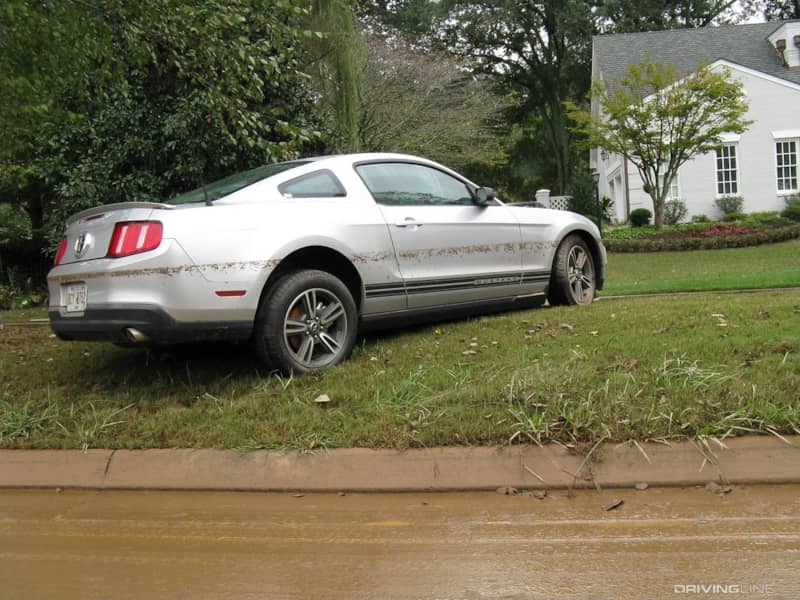
If they went fully under, forget about it. It's not worth the uncertainty and the cleaning costs, and some fabrics and materials never lose that mildewy smell associated with a prolonged stint of being wet.
Whatever You Do, Don't Try To Start It
Regardless of whether the front end of your vehicle has been completely submerged or was only partially underwater, you should never attempt to start the motor. You don't want to take any chance of sucking lurking water inside the engine and then having the pistons try to compress a liquid, which can cause catastrophic damage to the block and rotating assembly.
How can you tell if water infiltrated the motor? Check the oil dipstick for signs of water, pull the spark plugs and take a look inside the cylinders, and of course, drain the oil pan. Blow the engine out with compressed air, or crank it once it's been drained (crank - not start) to help force any remaining water out of the spark plug holes. You'll want to get the motor dry and oiled up inside as quickly as possible to head-off potential corrosion issues.
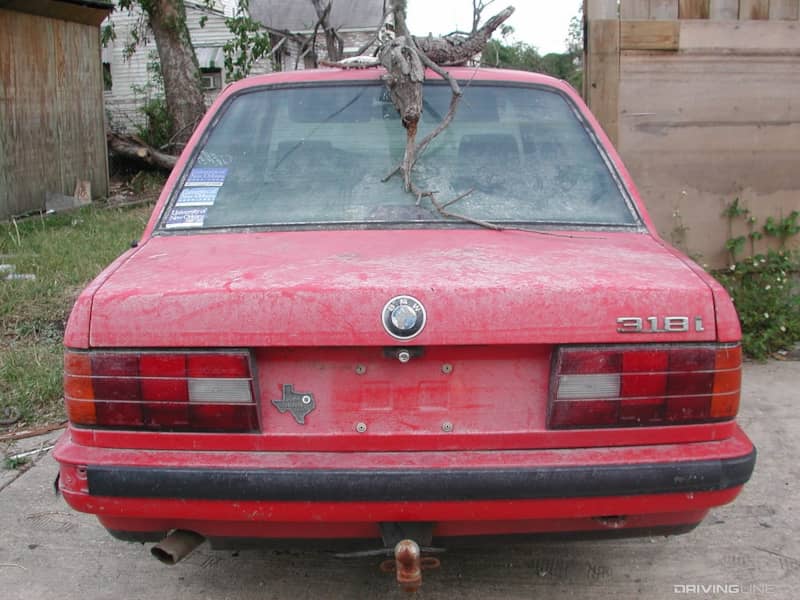
Do you want to try to re-install the plugs and start the motor after you've gone through the above steps? That's up to you. Personally, my motor was disassembled, inspected, and parted out, which gave me peace of mind knowing exactly what I was selling. A flooded motor could potentially be a time bomb, and I didn't want to have to deal with that.
Other waterlogged components that will need to be drained and inspected include transmissions and differentials, which can see water infiltration due to their venting systems.
Forget Any Submerged Electronics
Sometimes, the 'start it or don't' question will be answered for you by the state of the vehicle's ECU and other electronic modules. If any of them were underwater, they need to be tossed. There's simply too much of a chance that exposed wires and circuits will corrode and short out, causing endless electrical issues that will be impossible to track down. The same goes for wire looms, as water has a way of making it inside an insulated wire and causing the same kind of rust-related problems.
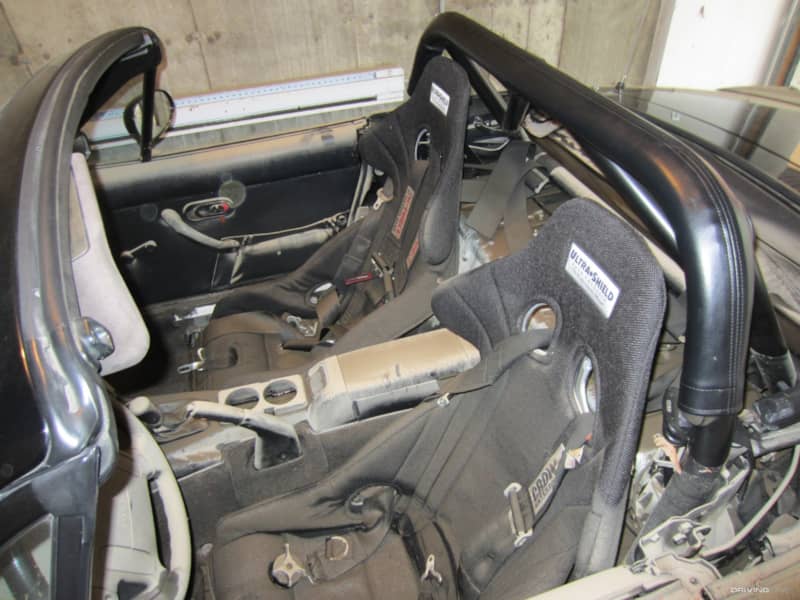
They might test fine once you've dried them out, but it's asking for trouble to keep them in a car long-term—or to sell them to someone who might be back at your door with an angry face in a few months.
One important note here: if you think that the flood damage wasn't 'that bad' and you are planning to put your vehicle back on the road after buying it back, at the very least change out all of the electronic components associated with safety systems like airbags and stability control. You're potentially rolling the dice with your life if you don't.
Body Panels And Trim For The Win
As long as you dry them out, the body panels from a freshwater flood car aren't going to suffer any long-term damage. Yes, you might encounter some areas that feature unpainted metal, but these can be easily cleaned up with sandpaper and primer. Body parts are going to be one of the best resources you can strip from a flood damaged vehicle. Years later I still had people coming up to me at local track days to tell me that their car had my hood, my doors, or my fenders on it.
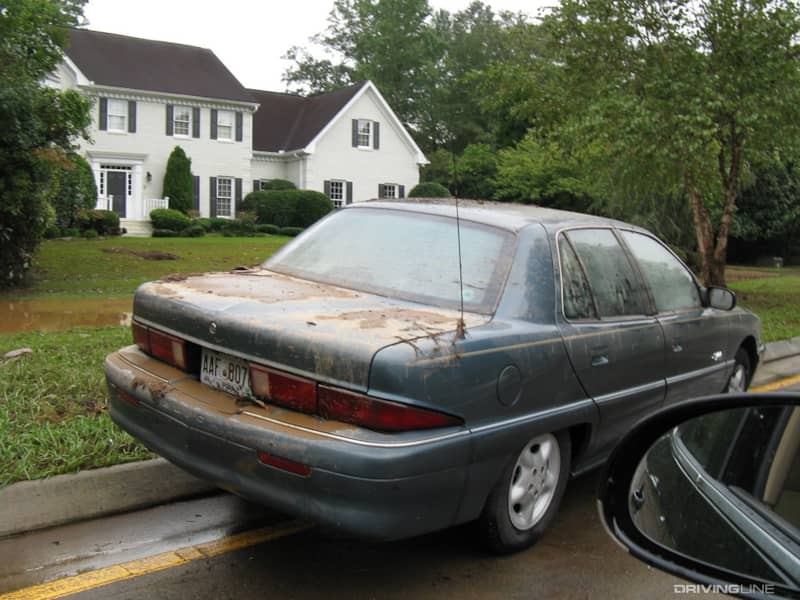
Don't forget small pieces of trim, either. These items can be worth their weight in gold, particularly if you own a more rare model whose badges and details are difficult to find. Glass—like the windshield and side windows—are also easy pulls for re-sale.
Suspension, Tires And Wheel Are (Mostly) Good, Too
Your rims don't care if they get wet, and neither do your tires. You can safely put those on any other vehicle and not have to worry about flood damage.
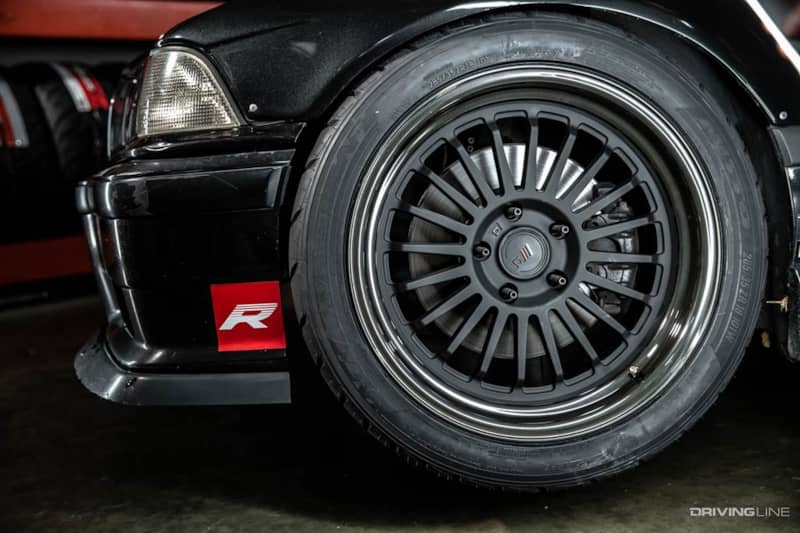
To a certain extent, this also goes for suspension components. Springs, control arms, and bushings are all designed to operate in harsh conditions. Shock absorbers that have sat in water, however? Give them a pass. Brake calipers? Given that they need to move smoothly and without hesitation, you'll want to do a full inspection for corrosion—and possibly give them a rebuild—before using them again.
Don't Forget Your Exhaust
Your exhaust system is another problem-free part-out. The headers on the motor and the piping under the vehicle are likely made of stainless steel, and can handle being submerged.
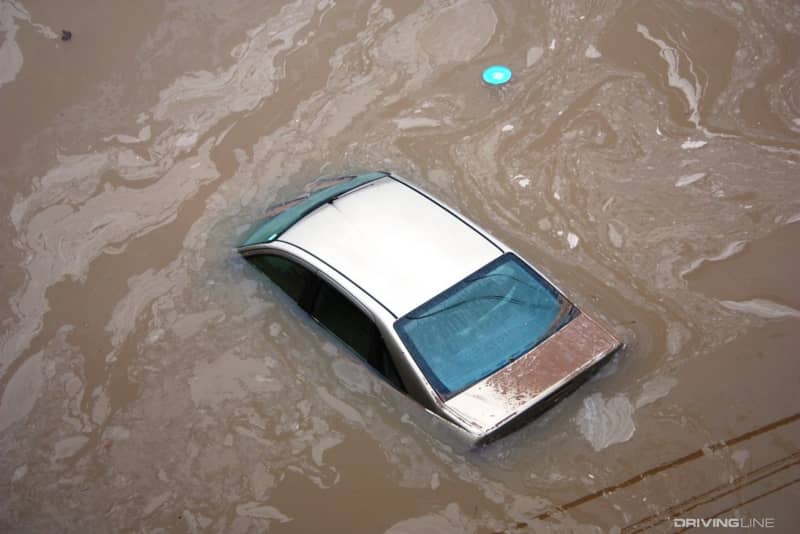
Your catalytic converter and muffler, however, could be packed with mud and other gunk, which can impede flow and potentially generate enough heat to cause a fire. They're not worth salvaging.
Protect Yourself, Please
That mud I just referenced? It's a collective term that can refer to anything from river sand to sewage run-off, and it's something that can have serious implications for your health if you don't protect yourself while parting out your flood car.
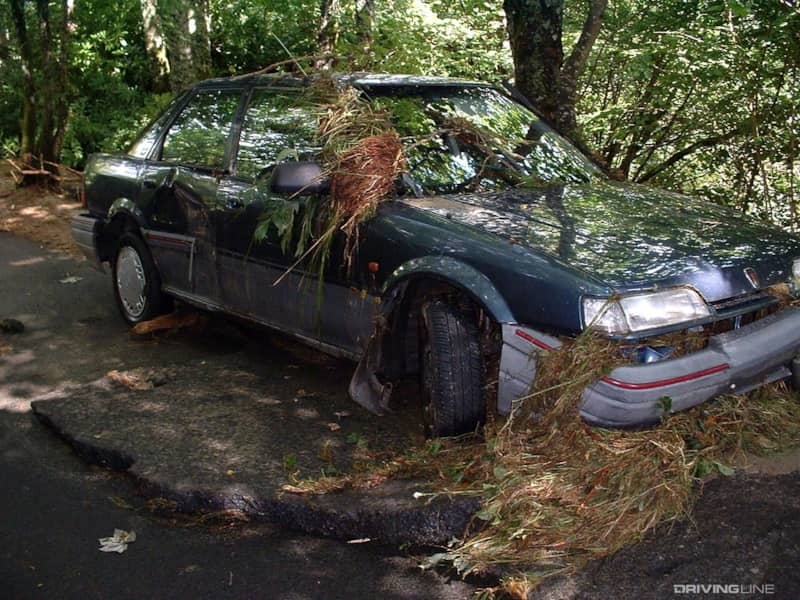
You have to consider the water in your vehicle to be toxic, and anything that soaked it up—especially the seats and carpets—to be potential sources of mold and disease. Wear a mask, goggles, and protective equipment on your hands and arms until everything you're looking to sell has been washed and sterilized.
Want to save your own Miata from the wrecking yard? Mazda has your back with its factory restoration program.




